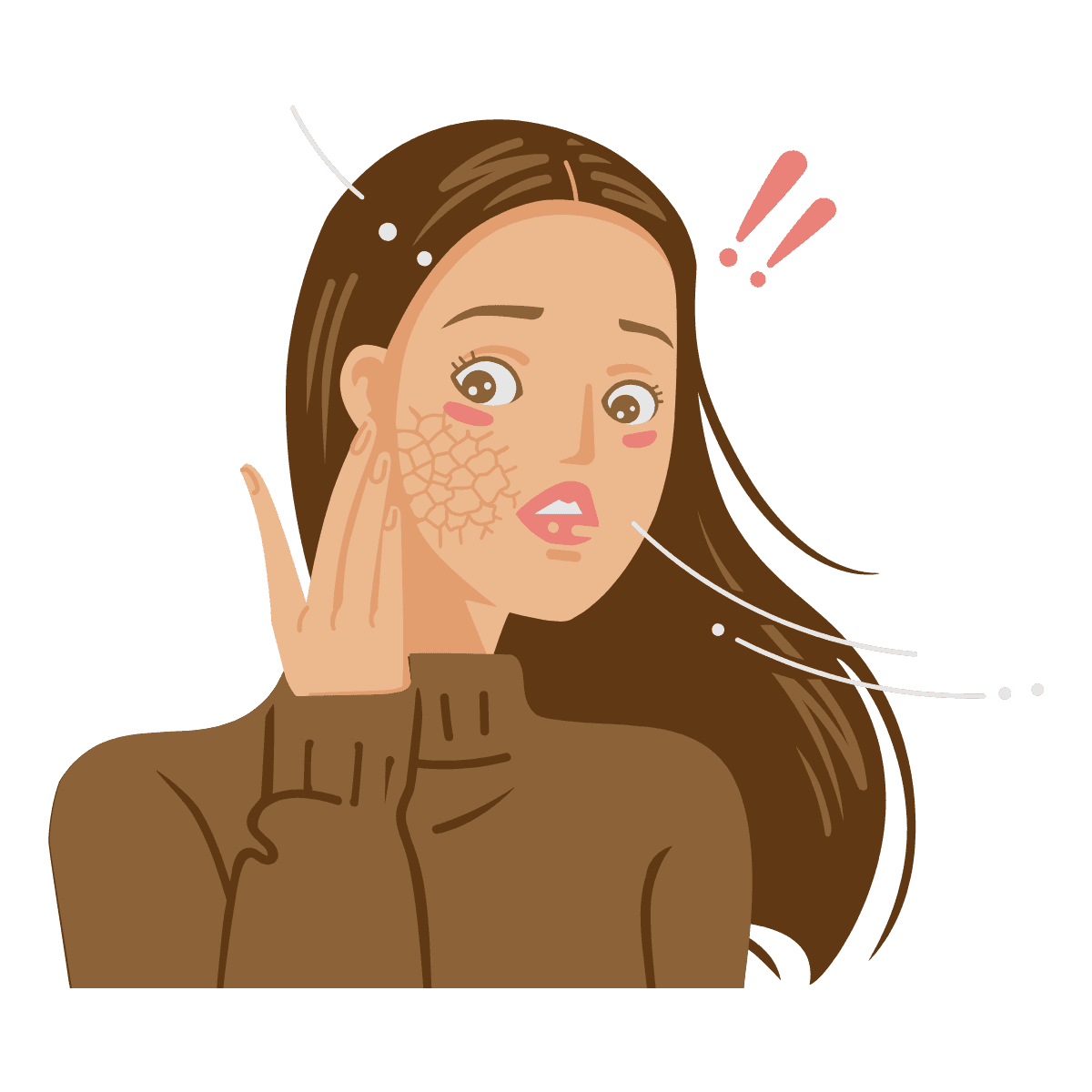Winter Woes: Fighting Pruritis and Understanding Its Impact on Patients. By Shannon Tuminello
Feb 3, 2025
Winter Woes: Fighting Pruritus and Understanding Its Impact on Patients
By Shannon Tuminello – Biologic Coordinator
Winter can be a particularly challenging season for individuals struggling with pruritus (itching). The combination of dry air, lower humidity, and indoor heating can trigger or worsen itching, making it a persistent and frustrating issue. Understanding the impact of pruritus on daily life and providing effective strategies for relief is essential in helping patients manage their symptoms during the colder months.
The Severity of Pruritus: Understanding the Itch Spectrum
Pruritus can range from mild discomfort to intense, persistent itching that disrupts daily activities and sleep. Knowing how to classify the severity of itch can help guide treatment options and ensure patients receive the appropriate care.
Mild Pruritus
✔ Occasional or slight itching that can be easily ignored or alleviated with moisturizer.
✔ Often associated with dry skin or minor irritants.
Moderate Pruritus
✔ More frequent and intense itching, requiring scratching or additional interventions.
✔ May be accompanied by redness, mild inflammation, or sensitivity.
Severe Pruritus
✔ Persistent, intense itching that significantly interferes with daily activities and sleep.
✔ Skin may become inflamed, cracked, or broken due to excessive scratching, leading to secondary infections.
✔ Often associated with chronic conditions like atopic dermatitis (eczema), sometimes referred to as "the itch that rashes."
Scratching damages the skin barrier, creating a cycle of worsening irritation. This can lead to flares in atopic dermatitis, bacterial infections, and emotional distress.
The Emotional Toll of Chronic Itching
For many individuals, dealing with pruritus—especially severe cases—is more than just a physical burden. It can be an exhausting, all-consuming experience that disrupts:
❌ Sleep – Leading to fatigue and daytime drowsiness.
❌ Concentration – Affecting productivity at work or school.
❌ Mental Health – Increasing stress, anxiety, and even depression.
❌ Self-Confidence – Visible skin irritation may lead to embarrassment or social withdrawal.
Recognizing the emotional and psychological impact of chronic pruritus is essential in providing comprehensive care that goes beyond just treating the skin.
Winter Skincare: Managing Atopic Dermatitis & Pruritus
Preventing and managing pruritus during winter requires a proactive skincare approach that includes hydration, gentle products, and environmental modifications.
1️⃣ Moisturize Frequently
🧴 Use Thick, Emollient Creams: Choose fragrance-free, ceramide-based creams or ointments to create a protective barrier and lock in moisture.
🛁 Apply After Bathing: Immediately after a shower or washing hands, apply moisturizer to seal hydration into the skin.
2️⃣ Avoid Hot Showers
💦 Use Lukewarm Water: Hot water strips natural oils from the skin, making dryness and irritation worse.
⏳ Limit Shower Time: Keep showers or baths short (5–10 minutes) to minimize moisture loss.
3️⃣ Use Gentle, Fragrance-Free Products
🧼 Mild Cleansers: Choose fragrance-free, non-irritating cleansers with glycerin or ceramides designed for sensitive skin.
🚫 Avoid Harsh Soaps & Alcohol-Based Products that can further dry out the skin.
4️⃣ Wear Soft, Breathable Fabrics
👕 Opt for Cotton Clothing: Wool and synthetic fabrics can trigger irritation and make itching worse.
🧥 Layer Up Without Irritation: Protect your skin from cold air by layering clothes without tight-fitting, scratchy materials.
5️⃣ Avoid Scratching
✂ Keep Nails Short: Minimize skin damage from unconscious scratching.
🧊 Use Cold Compresses: When the urge to scratch arises, apply a cold, damp cloth to soothe the affected area.
6️⃣ Stay Hydrated
💧 Drink Plenty of Water: Keeping the body hydrated supports the skin's ability to retain moisture.
🌡 Use a Humidifier Indoors: Adding moisture to the air can help prevent skin dryness caused by indoor heating.
7️⃣ Identify & Avoid Triggers
🔎 Track Flare-Ups: Keep a skin diary to identify common triggers (e.g., detergents, allergens, certain fabrics).
🏠 Control the Environment: Avoid excessive exposure to dust, pet dander, and sudden temperature changes.
Final Thoughts: Prioritizing Itch Management in Winter
Pruritus during cold months can be debilitating, but a combination of preventive skincare, lifestyle adjustments, and targeted treatments can help minimize symptoms.
✔ Moisturize regularly with ceramide-based creams.
✔ Limit exposure to irritants like hot water and harsh fabrics.
✔ Use gentle, fragrance-free skincare products.
✔ Stay hydrated and monitor environmental triggers.
By acknowledging the impact of chronic itching on daily life and mental health, we can better support those dealing with winter-induced pruritus and atopic dermatitis.
🔹 Additional Resources for Managing Pruritus & Eczema
📌 American Academy of Dermatology (AAD) Guidelines for Eczema – Read More
📌 National Eczema Association: Winter Skincare Tips – Read More
📌 Harvard Health: Understanding Itch & Skin Conditions – Read More
_____________________________________________________________________
💡 Want more dermatology and patient access insights? Subscribe to the BC Insider Newsletter for expert tips and resources! 🚀
At BC Educators, we are dedicated to empowering biologic coordinators, healthcare professionals, and patient advocates with the education, tools, and resources needed to optimize patient care. From expert-led webinars to hands-on training, we provide comprehensive support to help you navigate the ever-evolving landscape of specialty medications and prior authorizations.

